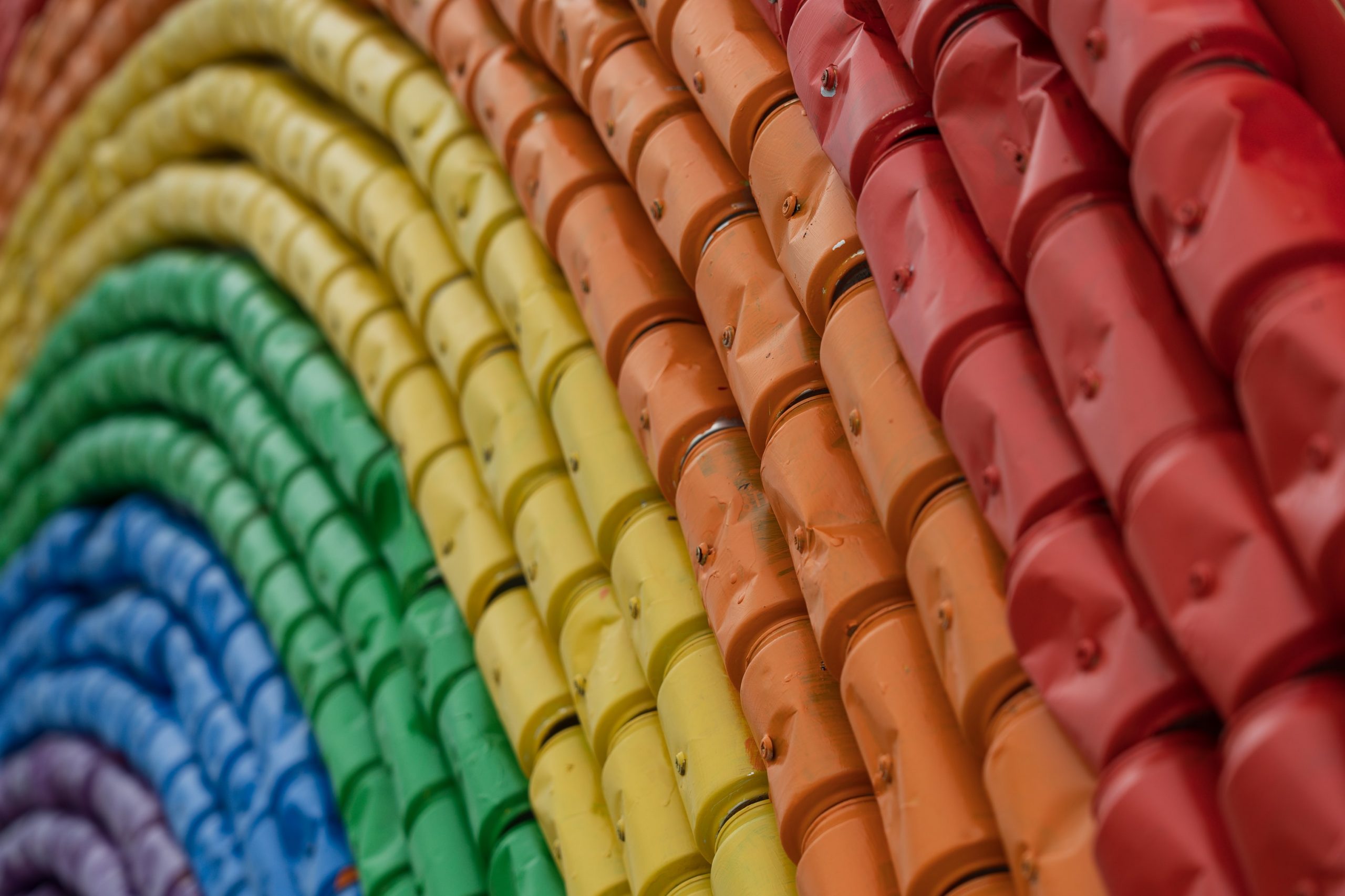There is a certain magic in the escapism that art offers, in our ability as humans to completely fall into worlds and emotions that do not belong to us. Not to be underestimated as mindless distraction, there is something powerful in how art permits us to create a different reality to the one we find ourselves in.
Since the beginning of the pandemic, the question of how long art can exist as a form of escapism is something I have ruminated over quite a bit. As the world seemed to spin out of control in the first lockdown, we cannot be blamed for seeking out alternate realities. Some people discovered new creative outlets, whilst others filled their days with consuming art, whether that be artworks, films, books, music or TV shows. Our willingness to become lost in stories where words such as lockdown or pandemic had little meaning is unsurprising, and evident in trends from the time. Take the ‘Normal People’ phenomenon of April 2020. Without detracting from the show’s deserved success, arguably the twelve-hour intimate exploration of the protagonists’ relationship resonated so widely due to the audience’s desperation for, well, normal. The show’s emphasis on the significance of physicality and touch only played upon people’s longing for connection. It was a reminder of the lives and emotional ties that had been paused, a respite from our strange new surroundings.
This relief could only be offered for so long, however. It was inevitable that the new emotions and anxieties would seep into the art being produced. Yet interestingly, many early creations were met with mixed receptions. ‘Love in the Time of Corona’, a hasty pandemic project released in August 2020, was particularly attacked by critics. Critic Adrian Horton remained ‘sceptical that there’s anything that can capture a period we’re still very much in,’ which confirms the suspicion that people still wished to suspend belief for a moment longer. It was, quite simply, too soon to see our newsfeeds replicated in the fiction that we turned to for escape.
Yet as we distance ourselves from the past two years, I would argue that there is value in seeing the world around us reflected in the art we consume. In her book ‘Funny Weather: Art in an Emergency’, Olivia Laing discusses how art certainly cannot solve everything. It cannot provide a concrete answer, nor can it explain fully what has happened. It can, however, be reparative for the future. It offers a new way of seeing, opens our eyes to the alternate possibilities surrounding us. The best art, in her opinion, is ‘more invested in finding nourishment than identifying poison.’ Whilst art may not allow us to change what has already happened, it can provide us with the hope of what follows.
I think most importantly, art allows us to catch our breath. Whilst we are so desperate to rush towards getting back to normal, I will speak for myself in saying that I am not ready to move on just yet. As the days ahead stretch out and are filled with seeing friends and family, alongside gratitude, I can still feel the discombobulating nature of what we have experienced upon my shoulders. As if I am floating somewhere in the sphere of the new normal, not quite grounding my feet. Art allows us to sit in moments like these; it freezes time and gives emotions the space to be felt. It allows us to make better sense of ourselves. I would like to catch my breath.
Whilst I agree that reminders of bleak lockdowns are not in demand, I would like to see art that reflects the shift in our collective experience and channels our emotions. I would like to see art that discusses where we are right now, here, in the aftermath. That offers a light for this messy in-between stage where everything is yet to fall into place and lets us know that we are not alone. I hope we do begin to see stories of people trying to scramble back into social interactions; university freshers who haven’t had normality since they were sixteen, twenty-somethings thrown into the adult world unexpectedly, people grieving for the time that was lost. Stories of how love has been changed; people who fell into connections immediately, people who still can’t seem to shake the distance placed upon them. Tales that feature the pandemic of course, but at heart are mostly just about people learning to live again.
Escapism will always have its blissful moments, but there is also a kind of beauty in the strangeness around us. I hope we don’t turn away from it.
Image: Nick Fewings/ Unsplash



